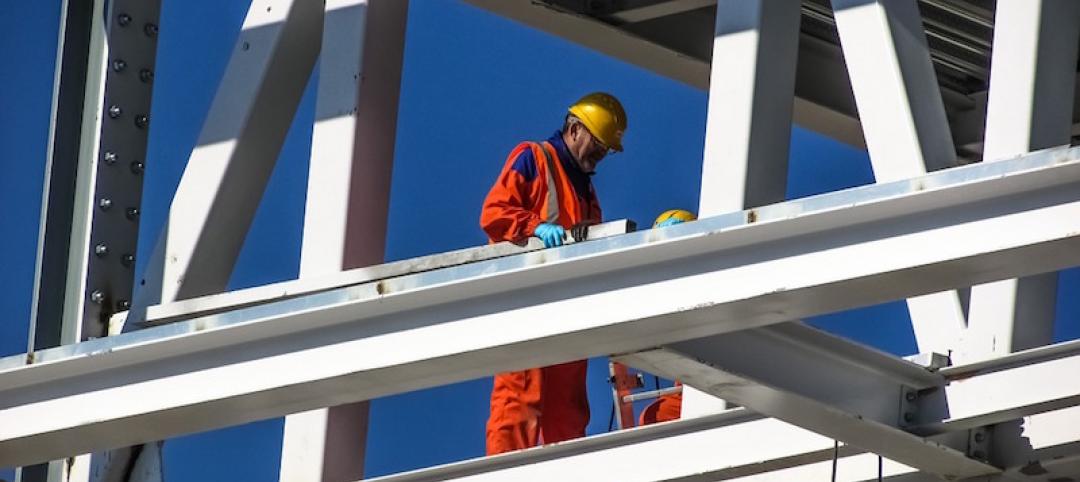Recent research that looks at the method used to determine thermal comfort in ANSI/ASHRAE Standard 55 published in an article, “Energy Consumption in Buildings and Female Thermal Demand,” in Nature Climate Change, misinterpreted data, according to ASHRAE.
“The interpretation of the authors regarding the basis for Standard 55 is not correct,” Bjarne Olesen, Ph.D., a member of the ASHRAE Board of Directors, thermal comfort research and former chair of the Standard 55 committee, said. “The part of the standard they are referring to is the use of the PMV/PPD index. This method is taken from an ISO/EN standard 7730, which has existed since 1982. The basic research for establishing comfort criteria for the indoor environment was made with more than 1,000 subjects with an equal amount of women and men.
“In the main studies, where they did the same sedentary work and wore the same type of clothing, there were no differences between the preferred temperature for men and women. So the researchers’ finding of a lower metabolic rate for females will not influence the recommended temperatures in the existing standards. Also their study is not conclusive. They only studied 16 females at a sedentary activity.
“They should also have studied 16 men at the same activity to be able to compare. The reason why we, in some field studies, find that women prefer higher room temperature than men is attributed to the level of clothing. Women better adapt their clothing to summer conditions while men are still wearing suits and ties. So if the thermostat is set to satisfy the men, the women will complain about being too cold. In the standard, this adaption of clothing to summer is taken into account. So if the standard is followed, the women would be satisfied; but maybe not the men.”
Related Stories
Codes and Standards | Jan 11, 2017
OSHA prompts more proactive approach to construction site safety
Remote operated camera systems are being used to mitigate risk in real time.
Codes and Standards | Jan 10, 2017
Plunging solar power costs making PVs more compelling for owners, developers
Technical and manufacturing advances are driving down prices.
Codes and Standards | Jan 9, 2017
Boston’s plans for new development at odds with flood projections
One plan calls for building in areas predicted to be flooded during high tides as sea levels rise.
Codes and Standards | Jan 9, 2017
New LEED for Cities, LEED for Communities pilot certifications unveiled
Requires tracking of performance data and progress toward goals.
Codes and Standards | Jan 9, 2017
China claims top ranking outside of U.S. for total LEED-certified space
Canada, India, Brazil, and Korea round out top 5.
Codes and Standards | Jan 6, 2017
OSHA prompts more proactive approach to construction site safety
Remote operated camera systems are being used to mitigate risk in real time.
Codes and Standards | Jan 5, 2017
2018 building energy code upholds efficiency gains
Efforts to scale back efficiency requirements largely defeated.
Codes and Standards | Jan 4, 2017
Low-income housing doesn’t lower neighborhood housing values
A Trulia study contradicts longstanding fears.
Codes and Standards | Jan 3, 2017
Intelligent transportation systems have implications for designers, construction firms
Sensors and Internet of Things devices will have to be embedded in infrastructure.
Codes and Standards | Dec 15, 2016
OSHA releases safety recommendation guide for construction industry
It is said to be most helpful to small and mid-sized contractors.

















